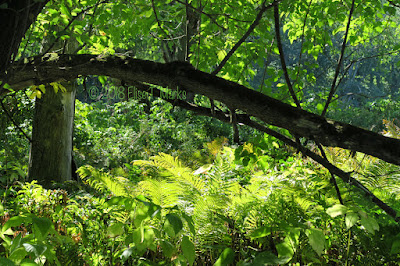Chipmunks are part of the squirrel family and they are smaller, with alternating light and dark stripes along their cheeks and backs. There are 25 species of chipmunk, 24 of which live in North America. Chipmunks are excellent tree climbers and swimmers who live in a variety of habitats, including plains, mountains, forests, and deserts. Chipmunks like to live alone in holes or burrows called dens.
Chipmunks hibernate in cold weather, which means they spend most of the winter sleeping in their dens. One chipmunk can gather up to 165 acorns in a day. In just two days, a chipmunk can collect enough food to last an entire winter, although chipmunks typically hoard much more food than necessary.
Chipmunk young are born in late spring, and stay in the nest for up to six weeks. Female chipmunks have one or two litters per year, each with four or five babies. Chipmunks are 7.2 to 8.5 inches (18.5 to 21.6 centimeters) long including their tails, which can account for nearly half of their length.





















